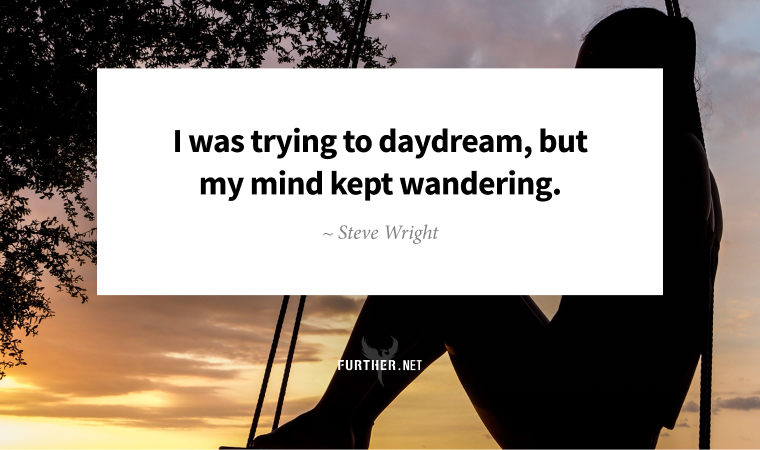
A CEO client recently confessed to me, “I’m so busy on back-to-back video calls that I don’t even have time for a bathroom break.”
That was no humblebrag. It was a clear, relatable illustration of the dangers of over-accessibility, which research shows lead to stress and burnout.
While multitasking is a hallmark of our digital age, it’s nothing new. Anyone with a busy job and personal life can lose sight of the forest through the trees.
Luckily, there’s a simple technique you can use to overcome overwhelm pioneered by the legendary diplomat, author, teacher, and businessman George P. Schultz, who recently passed away at 100.
In the ’80s, when he served as Reagan’s secretary of state, Schultz would shut the door of his office, grab a pen and paper, and declare himself unavailable for one hour. (Only the president or his wife could interrupt.) In that small window, he made ample room to think big.
Daydream Believer
Schultz led a jam-packed life, notably holding four cabinet-level positions under two presidents. Commanding respect from both sides of the aisle, he tackled some of the greatest threats of our times, from nuclear proliferation to climate change.
In 2017, New York Times journalist David Leonhardt shared Schultz’s secret sauce. As he recounts:
Schultz told me that his hour of solitude was the only way he could find time to think about the strategic aspects of his job. Otherwise, he would be constantly pulled into moment-to-moment tactical issues, never able to focus on larger questions of the national interest. And the only way to do great work, in any field, is to find time to consider the larger questions.
In other words, Schultz made space for purposeful daydreaming.
When your mind wanders, your mental default mode network (DMN) is activated, tuning out the outside world and shifting to an internal focus. This empowers you to innovate, problem-solve, and make meaning out of your work and life.
How to Call the Schultz
A whole hour to daydream, free from online and offline distractions, can feel exciting and daunting. Author Mike Sturm suggests a three-part approach:
- Start by journaling to clear your mind. Simply jot down thoughts and feelings as they arise.
- Next, consider your relationship with yourself and others. This will bring up the three main areas that impact your life — desires, expectations, and commitments — and provide insight into what’s in alignment and where conflicts exist.
- Finally, think about creative solutions to take action and move things forward.
The key to it all is to remember to stay open and loose. A Schultz hour makes you secretary of your inner state — a powerful vantage point to plot a bigger, brighter future.
This is how to carve out an hour a week to think big (Pinkast by Dan Pink)
You’re too busy. You need a “Schultz Hour.” (New York Times)
